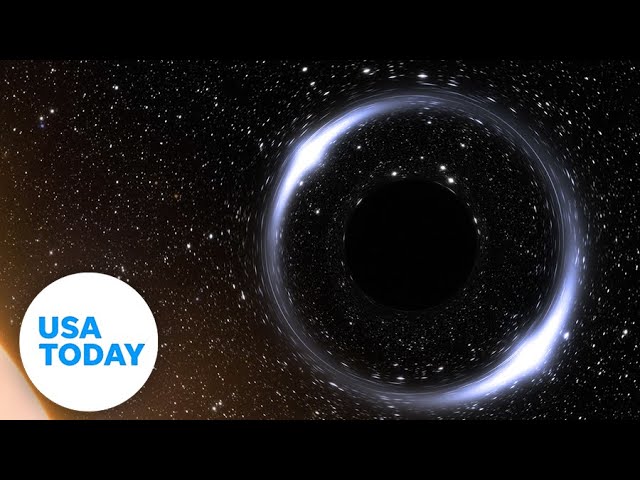The dormant black hole, dubbed Gaia BH1, sits 1,600 light-years away, three times closer than the last black hole to hold the record.
RELATED: NASA studying UFO evidence
The dormant black hole, dubbed Gaia BH1, sits 1,600 light-years away – three times closer than the last black hole to hold the record – in the constellation Ophiuchus. The black hole weighs 10 times the mass of our sun.
A paper published last week in the peer-reviewed Monthly Notices of the Royal Astronomical Society details the discovery of a "Sun-like star orbiting a dark object." The team of researchers initially identified the black hole using the European Space Agency’s Gaia spacecraft, according to a news release from the Harvard-Smithsonian Center for Astrophysics.
» Subscribe to USA TODAY:
» Watch more on this and other topics from USA TODAY:
» USA TODAY delivers current local and national news, sports, entertainment, finance, technology, and more through award-winning journalism, photos, videos and VR.
#nasa #blackhole #space






the world is flat
I concur … well it’s definitely not a moving oblate spheroid
Send all Democrats there to investigate!
My greatest happiness is the $53,000 bi-weekly profit I get consistently from my $15,000 investment.
Still not far enough to send the democrats
Wonder what’s on the other side?